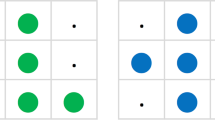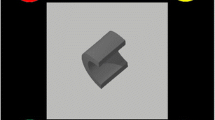Abstract.
The author has previously reported that pigeons can discriminate paintings by different artists. Here, I replicated the previous findings, carried out additional tests and compared discrimination by pigeons with that of humans. In Experiment 1, pigeons were trained to discriminate between paintings by Van Gogh and Chagall. After training, the subjects were tested with different paintings by the same artists. The subjects showed generalization to these paintings. The subjects maintained their discriminative ability for black-and-white paintings and partially occluded paintings. When they were tested with mosaic paintings, the number of correct responses decreased, depending on the level of processing needed. In Experiment 2, human subjects were tested with the same paintings. The subjects showed generalization and decrement of correct responses depending on the degree of mosaic processing. These observations suggest that the visual cognitive function of pigeons is comparable to that of humans. The convergence of higher visual cognition between the two species may stem from similar selection pressures on avian ancestors and our ancestors through their evolution.
Similar content being viewed by others
Author information
Authors and Affiliations
Additional information
Accepted after revision: 19 August 2001
Electronic Publication
Rights and permissions
About this article
Cite this article
Watanabe, S. Van Gogh, Chagall and pigeons: picture discrimination in pigeons and humans. Anim.Cogn. 4, 147–151 (2001). https://doi.org/10.1007/s100710100112
Received:
Published:
Issue Date:
DOI: https://doi.org/10.1007/s100710100112




